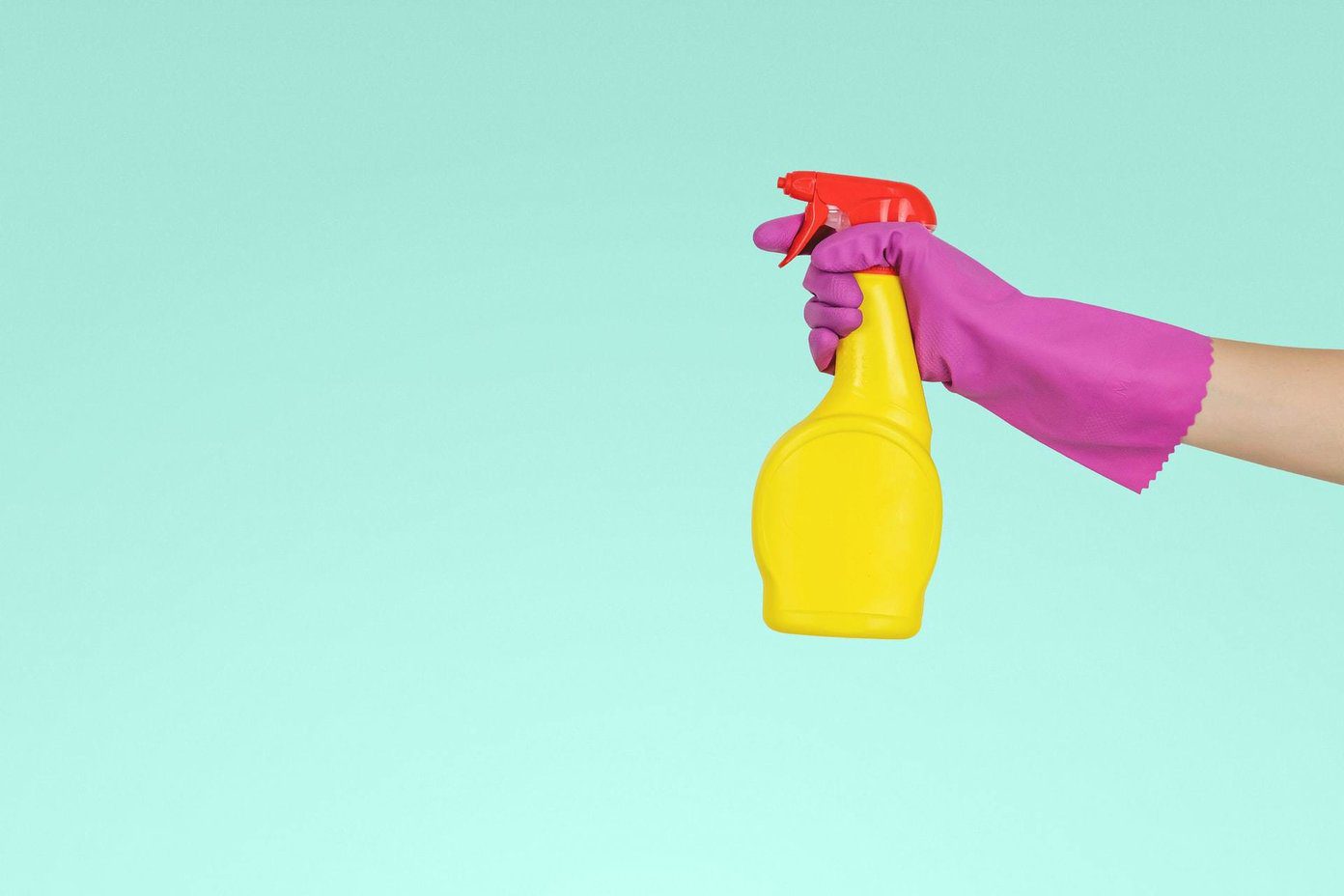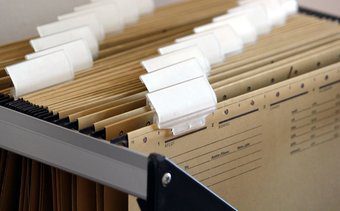Take Evernote for example. It is the darling child of the Silicon Valley, or at least it was, and for the longest time the go-to note-taking app for most people. With the number of platforms and browsers that it supports, people have been using it as a filing cabinet, for clipping web pages, and taking text and audio notes for ages now. Visit Evernote A recent turn of events has put a question mark over its future. That is where Dropbox Paper comes into the picture. A new player in the market that promises to change things around by offering a superior user experience, better API integration, and a collaborative environment. Visit Paper Let’s see how they differ and what they have to offer.
1. Taking Notes
As the name suggests, Evernote was built to take notes — a safe place for your brain dump. Whatever comes to your mind, whether they are thoughts or ideas or a webpage that you just discovered, put it away and you can find it later. You begin with creating a New Note that you can then file under Notebooks. You can also add tags to each note to further categorize it. Paper lets you do things differently. You create a document (note) and file it under folders. That works very much like Google Docs or your Windows folder system. It doesn’t give you the bird’s eye view of all the documents that you have under different folders like Evernote. On the plus side, unlike Evernote which allows you to go only two levels deep, you can create as many folders within folders as you like.
2. Editing and Formatting
Evernote supports basic text formatting like bold, italics, bullet lists, checklists, and indentation. There is a healthy choice of fonts to choose from. Paper also lets you take text and image notes, but there is no way to record audio notes. Paper is geared more towards easy collaboration, so formatting options was never a priority. You will see the pop-up toolbar only when you select a piece of text. Options are limited, but covers the basics like bold, heading, link, highlight, and lists. It’s a good thing that the usual keyboard shortcuts for formatting work inside a less cluttered UI. Apart from text, you can edit images too. Being a blogger, I work with screenshots and pictures all day long. That involves annotation, cropping, resizing, and more. Evernote supports image editing with Skitch — a popular image editor, and a favorite of the GT team. Paper doesn’t support image editing either which means you will have to rely on third-party apps or online image editors to get the job done. Pictures and audio files are not the only file types that users have to work with. There are snippets of codes, music files, YouTube videos, Spotify songs, SoundCloud tunes, and so on. Paper is intelligent and will recognize pretty much any file from any service provider instantly. You can play/watch/view/access these files inside the Paper interface itself. Evernote does allow you to attach Google Drive app files, but that’s about it. You need to listen to the song mentioned in the screenshot above. I bet you’ll love it. Paper will help you interact with many file types right inside the document without having to leave it. Evernote lacks that. Finally, Paper also supports markdown and LaTex which is very popular among bloggers and technical writers. Paper can let you create a Table of Contents which is a godsend for writers and bloggers like me who continuously find themselves working with them. Let’s take a moment to discuss document scanning and OCR. Evernote is famed for that. You scan a document to turn it into an image, and it will appear as a note in your Evernote account. Not only that, but Evernote will also use OCR to scan the note and turn it into a searchable PDF document. I utilized that to it scan all my medical docs and bills. My mom uses it for saving recipes while my brother uses it to scan business cards. Dropbox Paper doesn’t have OCR or image scanning inside the app, but the native Dropbox app does. That means you will have to use the Dropbox app to scan documents and turn them into PDF files and import them into Paper. Not the best way to go about things but still works just fine.
3. Sharing and Collaborating
Sharing notes on Evernote and documents on the Paper function the same way. In Evernote, you need to click on the Share button to create a unique link that can then be shared by email or other mediums. You can control whether the recipient can also access notebook or just the note, can edit or only view the note. Paper works in a similar manner where you click on the invite button to send an invitation via email. You can control the permissions, just like in Evernote. You can use the view permission in case of notes on which, you are just looking for opinions and not necessarily inputs. You can use the edit permission for when you need help with finishing the document/note or when you are working on the same project. Sharing notes and documents is one thing but collaborating on them is another. That is where Dropbox Paper shines. Say you want to bring a particular file or paragraph to someone’s notice. Just use the @mention command (@name) to notify him/her. I can now create a to-do list and assign the individual task to different members of the team. Team members can then comment on them to express concerns or ask questions. Paper is also intelligent enough to remember all the edits that you have made to the document so far. You can access old versions of the document at any time you want. That’s useful when the app automatically makes edits without your approval, and you want things to be back the way they were. Then there is the ability to comment and attribute different sections and elements of the document. A feature that we have come to use and love in Google Docs and other Drive apps. Evernote, on the other hand, has a Work Chat feature which can be used to send messages to team members. More along the lines of Hangouts. It works fine, but outside the note that you are collaborating on.
4. Pricing and Availability
Dropbox Paper is free to use for now and is not part of the Dropbox cloud storage system. That may change in the future. Paper was designed as a web-based app though it is also available on Android and iOS platform. No browser extensions or desktop clients are available which I found limiting. Evernote offers three different pricing plans to choose from, and each will provide you with additional features like OCR and image/PDF search, version history, presenting notes, sharing notes in enterprise solution, Google Suite and Office 365 Suite connectivity, and so on. Where Evernote truly shines is the number of platforms it supports. There are apps for Windows, MacOS, Linux, Android, iOS, and there is also a web clipper for Chrome and Firefox. That allows you to work with your notes or create new ones almost everywhere with the click of a button.
Dropbox Paper vs. Evernote
Evernote is a note-taking app like no other. Sharing and collaborating seem like an afterthought here. It was designed to help you capture thoughts and web pages on every platform, app, and browser. That makes it more versatile. Dropbox designed Paper to be a collaborative document editor where you can embed anything, and work with anyone in real time. No need to leave the app every time you want to communicate with someone or interact with something. In this way, both Evernote and Paper are different with each sharing some common ground with the other. You can choose to use both or either depending on your needs. Next up: With Evernote’s future in the wind, you might want to take a look at this in-depth comparison between Google Keep and Evernote to see if you can replace the latter with the former. The above article may contain affiliate links which help support Guiding Tech. However, it does not affect our editorial integrity. The content remains unbiased and authentic.




















